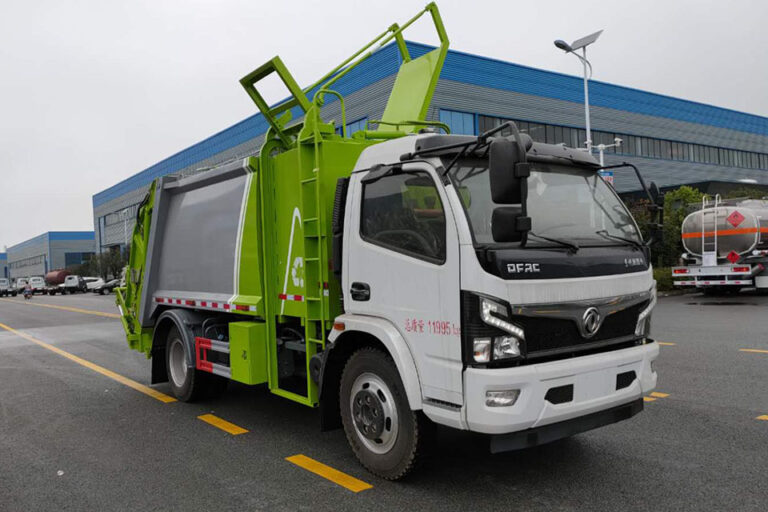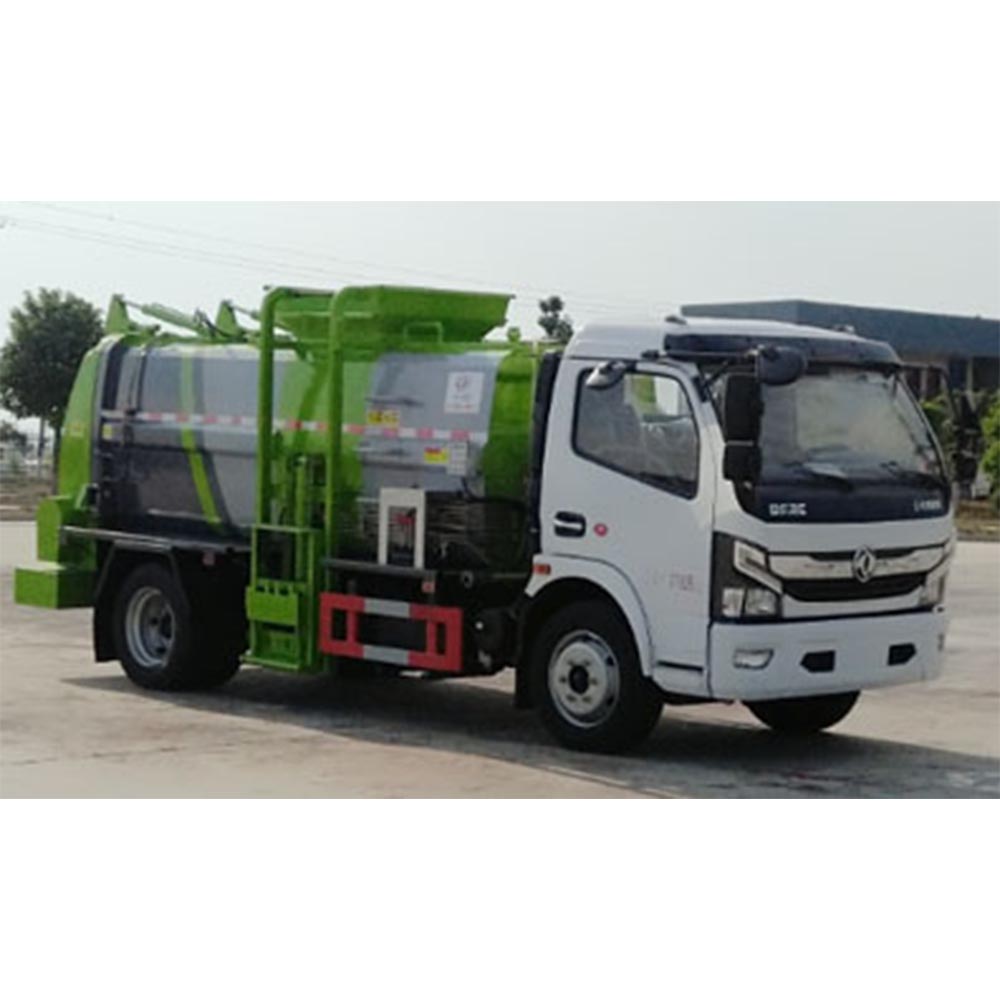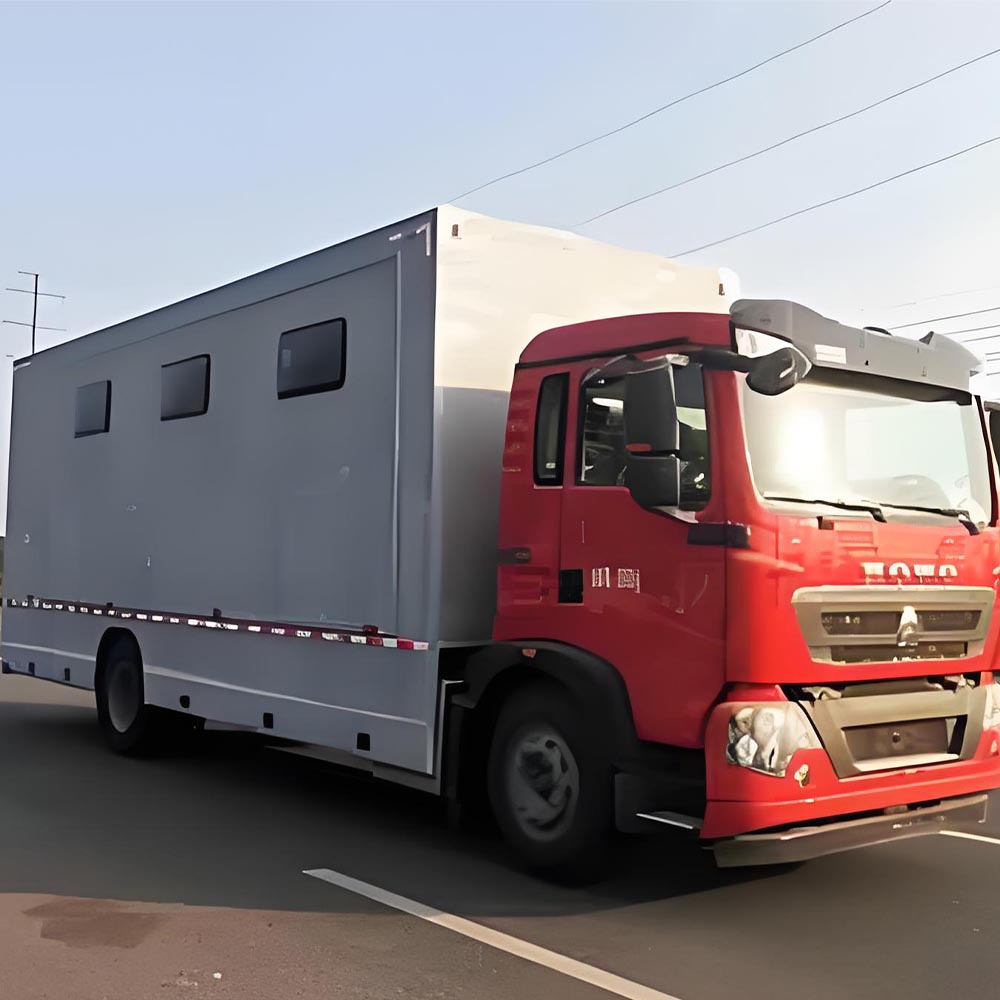-
Chengli Automobile Industry Park

How long can milk stay in a tanker truck?
How Long Can Milk Stay in a Tanker Truck? The Complete Guide
Milk moves from farms to your fridge. But how long can it stay in those big tanker trucks on the way? Let’s find out all about milk transportation rules that keep your milk fresh and safe.
Table of Contents
The 24-Hour FDA Rule: What You Need to Know
The FDA sets a strict 24-hour limit for milk in tanker trucks. This rule is part of the Pasteurized Milk Ordinance (PMO) that keeps milk safe for you and your family.
Why just 24 hours? Because milk can spoil fast! The clock starts ticking as soon as the milk is pumped into the tanker.
Important facts about the rule:
- Trucks must be cleaned after 24 hours of use
- The tank must stay cold the whole time
- Drivers need to move fast to beat the clock
Did you know? Even empty tankers that will carry more milk later must follow the 24-hour rule before cleaning.
Inside Milk Tanker Trucks: How They Keep Milk Fresh
Milk transport trucks are not just big metal containers. They are made to keep milk safe during the whole trip.
Key Parts of Milk Tankers:
- Insulated tank: Keeps the cold in and heat out
- Stainless steel walls: Food-grade material that’s easy to clean
- Temperature control: Systems that watch how cold the milk is
- CIP system: Special cleaning system built right into the truck
The tanks have thick walls that trap cold air inside. This helps the milk stay at the right temperature from farm to factory.
Temperature: The Most Important Factor
Cold temperature is the biggest helper in keeping milk fresh. Milk must stay at 45°F (7°C) or colder during the whole trip.
Most tankers use one of these cooling methods:
- Active refrigeration units that keep cooling the milk
- Heavy insulation that holds the cold temperature
- A mix of both systems for long trips
Temperature Control Table
| Temperature Range | Effect on Milk | Safe for Transport? |
|---|---|---|
| Below 40°F (4°C) | Ideal storage | ✓ Best condition |
| 40-45°F (4-7°C) | Acceptable | ✓ Safe for transport |
| Above 45°F (7°C) | Bacterial growth starts | ✗ Not safe |
| Above 50°F (10°C) | Rapid spoilage | ✗ Milk must be dumped |
How Long Can Milk Stay in a Tanker Truck?
The 24-Hour Rule
The FDA sets a strict 24-hour time limit for milk inside tanker trucks. This is part of the Pasteurized Milk Ordinance (PMO) to make sure milk is safe.
Temperature Matters
Keeping milk cold is key. Milk must stay below 45°F (7°C) during the whole trip. See how temperature impacts milk:
| Temperature | Effect on Milk |
|---|---|
| Below 40°F (4°C) | Best |
| 40-45°F (4-7°C) | Safe |
| Above 45°F (7°C) | Not Safe |
Key Parts of Milk Tank Trucks
Milk trucks have special parts working together to preserve the quality of the milk:
- Insulated Tank
- Stainless Steel Walls
- Temperature Control System
- CIP System
From Farm to Table: Milk’s Quick Trip
Milk Collection and Transport Frequency
Farm to Table: The Milk Journey Timeline
Milk takes a fast trip from cow to store. Here’s how it works:
- Farm collection: Cows are milked and milk is cooled right away
- Tanker pickup: Milk is pumped into the tanker truck (every 24-48 hours)
- Transport phase: The race to the processing plant begins!
- Processing: Milk is tested, pasteurized, and bottled
- Store delivery: Milk reaches the grocery store cooler
This whole trip takes about 2 days total, with just part of that time spent in the tanker truck.
What Affects How Long Milk Can Stay in a Tanker?
Many things can change how long milk stays good in a tanker truck:
- Starting temperature: Colder milk lasts longer
- Outside weather: Hot days make keeping milk cold harder
- Tank design: Better insulation helps
- Trip distance: Shorter trips mean fresher milk
- Road conditions: Smooth rides are better for milk quality
The dairy transport logistics team plans the fastest routes to move milk quickly to the plant.
Tanker Size and Capacity
Milk tankers come in different sizes:
- Standard trucks: Hold 4,000-8,000 gallons of milk
- Large bulk tankers: Can carry over 30,000 liters (7,900 gallons)
- Multi-compartment tankers: Can hold different milk types at once
The bigger the tank, the more milk it can move in one trip!
Sanitation: Keeping Milk Tankers Clean
After the 24-hour limit, every tanker must be cleaned thoroughly. The Clean-In-Place (CIP) system washes the inside of the tank.
The cleaning steps:
- Rinse with cold water
- Wash with hot water and cleaners
- Rinse again
- Sanitize to kill germs
- Final rinse
- Check that everything is clean
This cleaning helps stop bacteria from growing and keeps your milk safe.
Myths About Milk Transport
Let’s clear up some wrong ideas:
Myth 1: All milk tankers have refrigeration
Truth: Some tankers use only insulation, not active cooling.
Myth 2: Milk can stay in tankers for many days
Truth: The FDA limit is just 24 hours, no matter how cold it is!
Myth 3: Tanker trucks only need cleaning when they look dirty
Truth: Tankers must be cleaned after 24 hours even if they look clean.
Special Cases in Milk Transportation
Sometimes milk transport has special rules:
- Organic milk: Same time rules but separate tanks
- Raw milk: Extra care for safety
- Long-distance transport: May use relay system with multiple trucks
For very long trips, milk might be moved from one tanker to another fresh one to restart the 24-hour clock.
Cold Chain: Keeping Milk Safe All the Way
The cold chain means keeping milk cold from start to finish. If the milk gets too warm at any point, it might not be safe.
If the temperature control fails:
- Bacteria can grow fast
- Milk might spoil
- The whole tank might need to be thrown away
This could cost the milk company lots of money and waste good milk.
What Happens If the 24-Hour Rule Is Broken?
If milk stays in a tanker truck too long:
- The milk must be tested extra carefully
- It might be rejected by the dairy plant
- The milk company could get in trouble with health inspectors
- The whole load might be wasted
That’s why tanker trucks and their drivers work hard to beat the clock!
Different Types of Milk Tank Trucks
Milk transport uses different kinds of trucks:
- Tractor units for semi-trailers: Pull the biggest milk tanks
- Straight chassis trucks: Smaller tanks for local routes
- Multi-compartment tankers: Can carry different milk types
About 80% of milk trucks are tractor-trailers with big tanks.
The Driver’s Role in Milk Transport
Tanker truck drivers do more than just drive! They are also milk graders who check the milk before loading it.
Driver duties:
- Test milk samples at the farm
- Check the temperature before loading
- Keep records of pickup times
- Drive carefully to not shake the milk too much
- Watch the temperature during the trip
- Clean the truck or get it cleaned after delivery
Good drivers help keep milk safe on its journey.
FAQs About Milk Tanker Time Limits
Can milk stay longer if it’s kept really cold?
No. The FDA 24-hour rule applies even if the milk is super cold.
Are milk tankers washed between every load?
Yes, tanks must be cleaned after the 24-hour time limit, no matter what.
How do they clean such big tanks?
They use CIP (Clean-In-Place) systems that spray the inside with cleaning solutions.
Are there exceptions to the 24-hour rule?
Very rarely, and only with special permission from health officials.
What happens to milk that’s been in a tanker too long?
It might be rejected by the dairy plant and thrown away.

Conclusion: Fast Transport Keeps Milk Fresh
Milk can only stay in a tanker truck for 24 hours by FDA rules. This strict time limit, plus good temperature control and clean tanks, keeps your milk safe.
Next time you pour a glass of milk, remember the quick journey it took to reach you!








